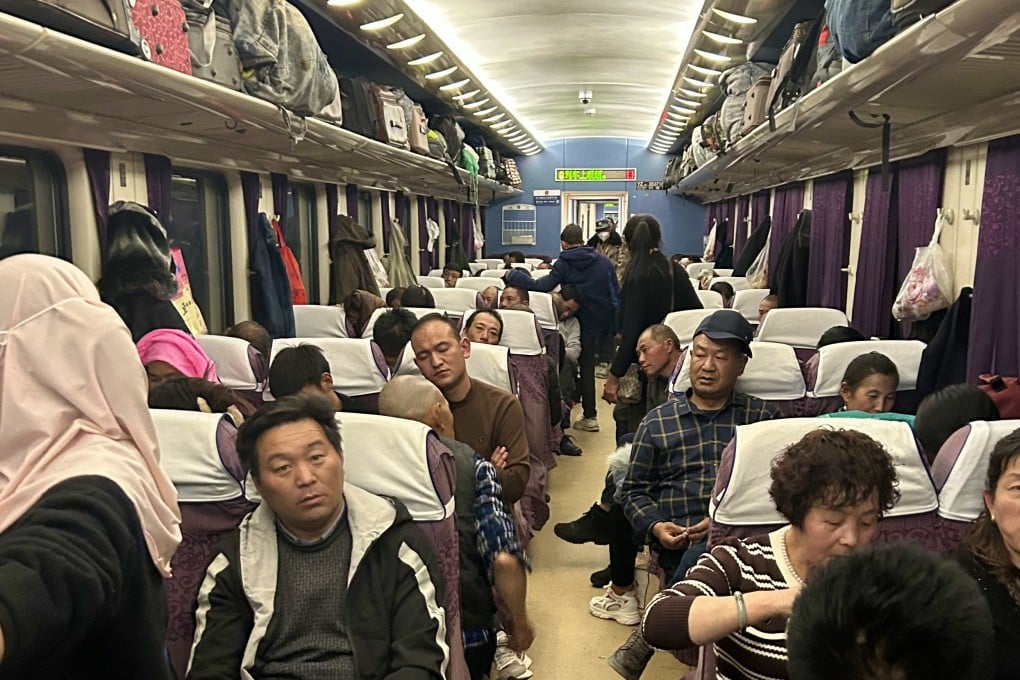What’s riding an overnight train in China like? A 36-hour journey to Chengdu, from comfy cabins and friendly strangers to bad food and filthy toilets
- A writer takes two overnight trains from Lhasa in Tibet to Chengdu to find out what sleeping, eating and socialising is like on the world’s busiest rail network
- Bagging himself a ‘soft sleeper’ ticket, the journey cost about the same as a flight and offered new views of the Chinese countryside – but beware the bathrooms

After decades of decline, overnight trains are making a comeback in Europe and the United States as a more sustainable way to travel than flying. But in China, they never went out of vogue.
The country has the second largest (after the United States) and busiest railway network in the world, offering a safer, more scenic and comfortable alternative to its highways. But what’s it like spending a night or two on a train in China? Are they clean? Is it easy to get tickets? Is it doable for tourists who can’t speak Mandarin?
The route is not serviced by one of China’s superfast bullet trains, which can travel up to 350km/hour, but by a K class train that, according to the screen inside each carriage, averages 92km/hour.

K class trains offer three classes, the cheapest being the aptly named “hard seat”. Although not actually hard, the seats are almost vertical and can’t be adjusted. Carriages can be noisy and crowded with standing passengers.